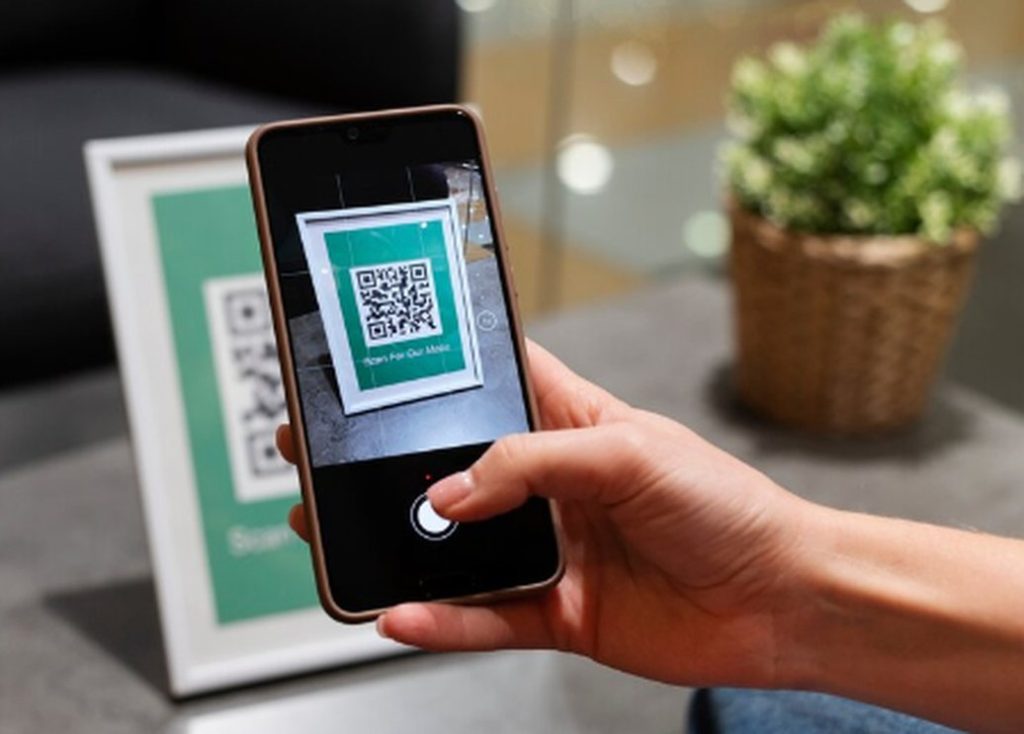In recent years, payments with QR codes have gained significant traction in the United States, revolutionizing the way transactions are conducted. This shift towards using QR codes in both physical and digital retail spaces is driven by multiple factors, including technological advancements and consumer demand for more convenient payment methods.
Anúncios
As this trend grows, both consumers and retailers are experiencing benefits, with the promise of even greater changes in the financial marketplace on the horizon. This blog post will explore the rise of QR code transactions, their advantages, and their potential future impact.
The rise of QR code transactions

The adoption of QR code payments in the United States is a result of various impactful trends. A significant driver is the need for contactless payment solutions, a demand that skyrocketed during the COVID-19 pandemic. QR codes provide a seamless and hygienic way for customers to complete transactions without touching shared surfaces.
Anúncios
Additionally, their integration within mobile wallets and retail apps makes them easily accessible for users, contributing to a smoother and more convenient checkout process. Together, these factors have led to increased acceptance and utilization in both brick-and-mortar stores and online platforms, reflecting a broader shift in consumer behavior toward digital-first solutions and seamless payment experiences.
Benefits for consumers and retailers
Both consumers and retailers are reaping the rewards of QR code payment systems. For shoppers, QR codes offer a speedy and straightforward checkout process, eliminating the need for cash or physical cards. This not only enhances convenience but also streamlines transactions, making the overall shopping experience faster, safer, and more efficient.
Retailers benefit from reduced transaction fees often associated with traditional payment methods and can streamline their operations. Moreover, the use of QR codes allows for improved tracking of consumer behavior and personalized marketing opportunities, enabling businesses to tailor their strategies better and boost customer satisfaction.
The transformative power of QR codes
As more merchants embrace QR code technology, its role in transforming the financial sector becomes increasingly apparent. QR codes are not only simplifying payment processes but also paving the way for innovations in financial technology, enhancing user experiences, reducing operational costs, and promoting greater financial inclusion across various markets.
By minimizing the need for hardware like card readers and facilitating smoother integration with mobile technology, QR codes are reshaping the infrastructure of payments. Furthermore, they promote inclusivity in financial services, as they can be used with basic smartphones, potentially increasing financial access for underserved populations.
Practical implementation in everyday transactions
Implementing QR code payments into everyday transactions is becoming commonplace, with diverse applications that range from dining to retail shopping and even peer-to-peer money transfers. For businesses looking to adopt this technology, integration can be achieved relatively easily with existing systems.
Retailers merely need to display a QR code on their payment terminals or mobile devices, allowing the customer to scan it with their smartphone to complete the purchase. This simplicity reduces the need for expensive hardware, shortens transaction times, and enhances accessibility, making QR codes an appealing option for businesses of all sizes.
The future of payments with QR codes
The future of QR code payments looks promising as they continue to evolve and adapt to new consumer needs and technological advancements. As more retailers and consumers recognize the convenience and security these codes offer, their use is expected to become even more widespread. The flexibility and ease of implementation position QR codes as a key player in the digital payment landscape, potentially leading to further innovation in the financial sector.
In conclusion, the increasing adoption of QR code payments in the United States highlights a significant shift in both consumer behavior and retail strategies. The numerous advantages for both parties, combined with the potential for future growth and innovation, make QR codes an essential component of the evolving financial ecosystem.

